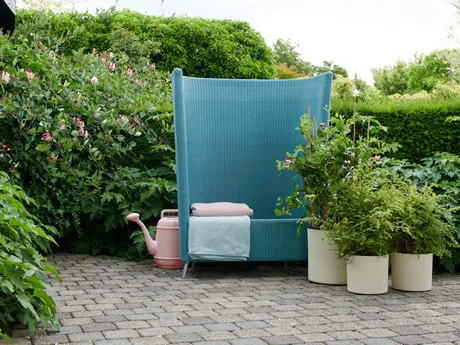Climbing and trailing plants are very popular, because they grow upwards and therefore do not take up much space, even in smaller gardens. Honeysuckle (scientific name: Lonicera) is one of them. The plant has the botanical, natural look that is so popular right now, complete with exuberant flowering on a relatively modest size area, with the ability to climb upwards and to trail along a fence, pergola or drainpipe. The flowers have a lovely scent; the fragrance is particularly released in the evening when it attracts evening pollinators like the silver Y moth and the hummingbird hawk-moth. During the day the flowers attract insects including bumblebees and honeybees, so it’s a real benefit for nature in the garden and the surrounding area.

Credit: Thejoyofplants.co.uk
Origin
Honeysuckle is a member of its own honeysuckle family, and grows mainly in the northern hemisphere. There are some 180 species, of which 100 occur in China, where many poems have been devoted to the plant. Alongside the cultivated garden varieties, honeysuckle also occurs extensively in the wild, particularly on the edge of thickets where the plant can get plenty of sun. The plant has been known to humans for centuries. The strong, flexible vines were already being used as far back as the Bronze Age to make rope.
Range
Honeysuckle flowers are spectacular: a group of tubular petals accompanied by stamens and a selection of tendrils that surround and hang from them like a fringe. The flowers are often dark pink and golden white, although they also occur in other shades such as deep orange and purple and yellow. After flowering the plant produces red, blue or black berries. Honeysuckle is available in climbing varieties and deciduous and evergreen shrubs, so check what suits the position best. The plant will reach a height of between one and four metres, depending on the species, and flowers from June to the end of September/beginning of October.
For more information:
Thejoyofplants.co.uk
